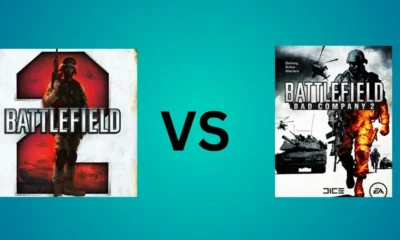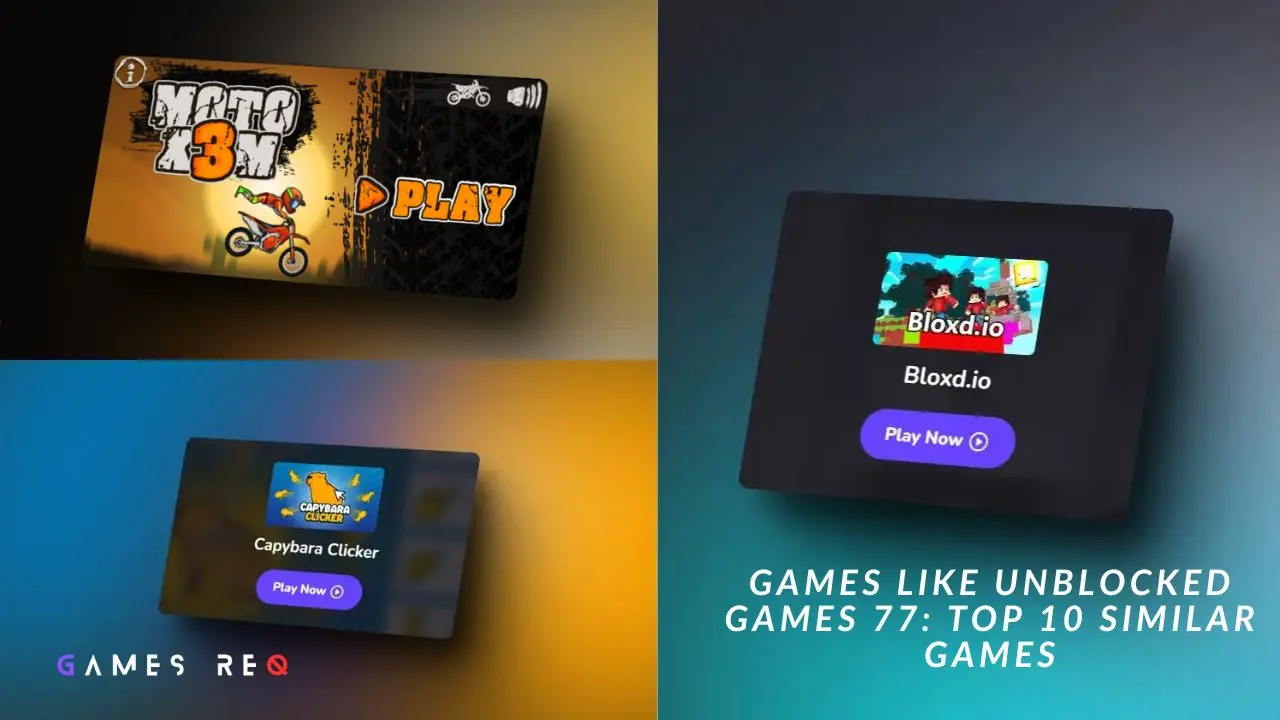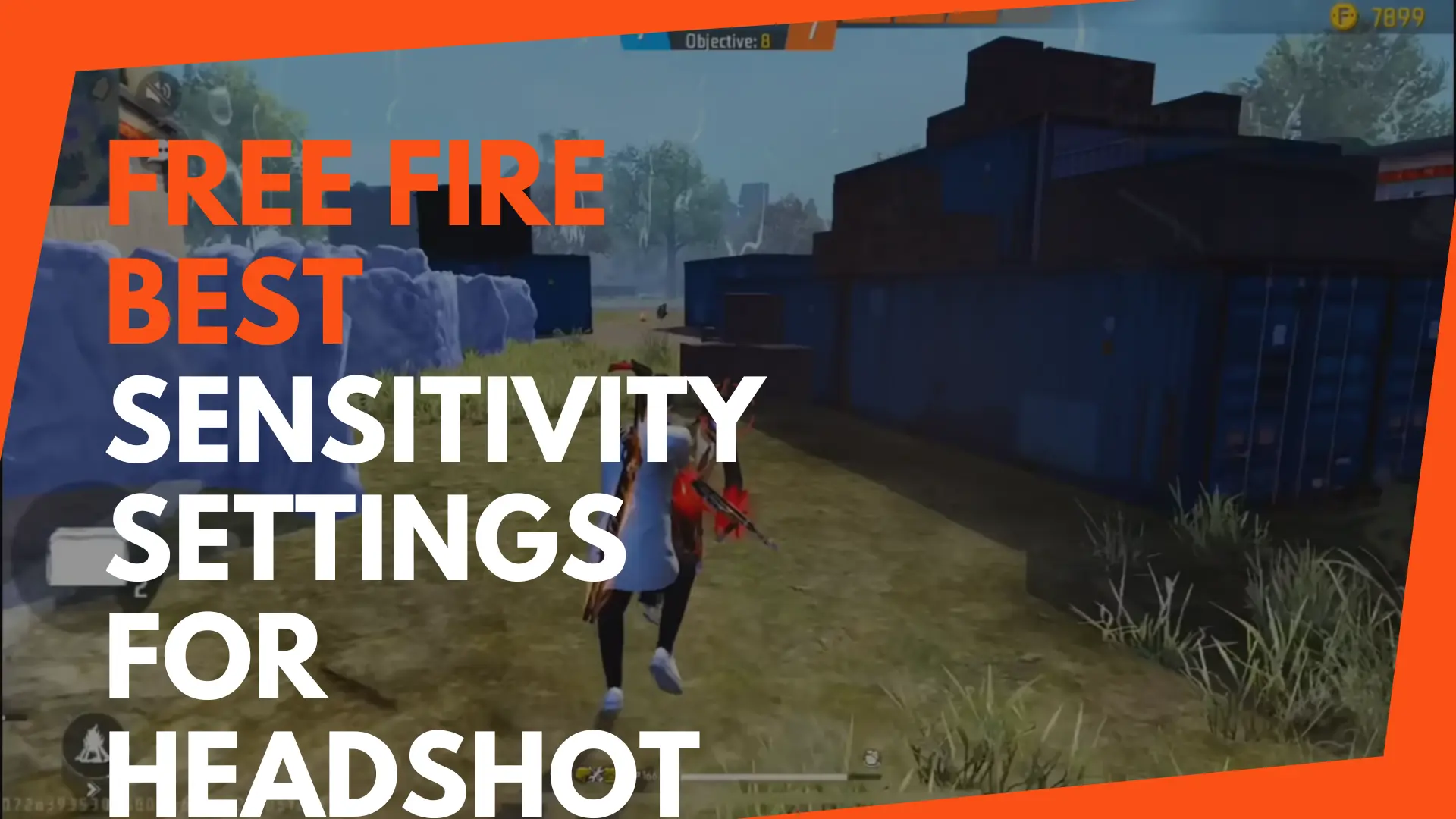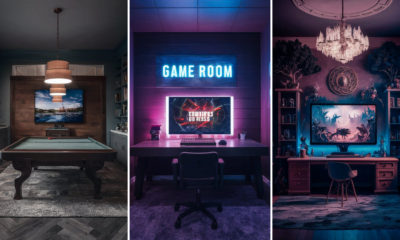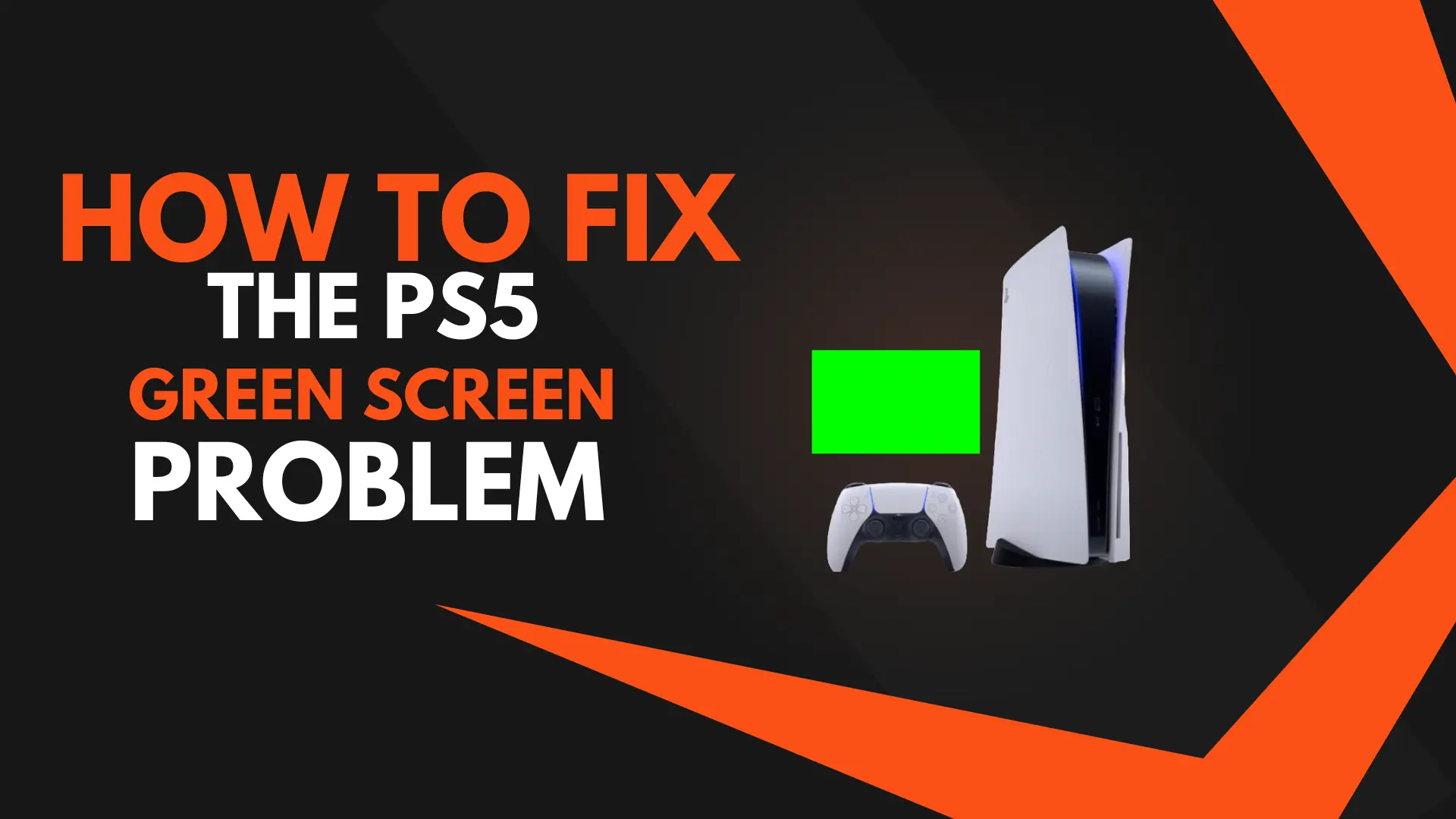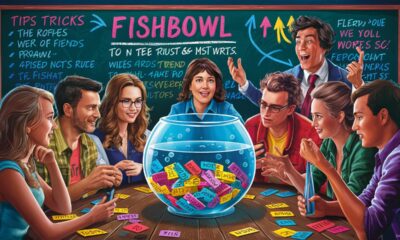Tutorials
How to Fix Lag in GTA 5 for Low-End PCs With No Dedicated Graphics Card
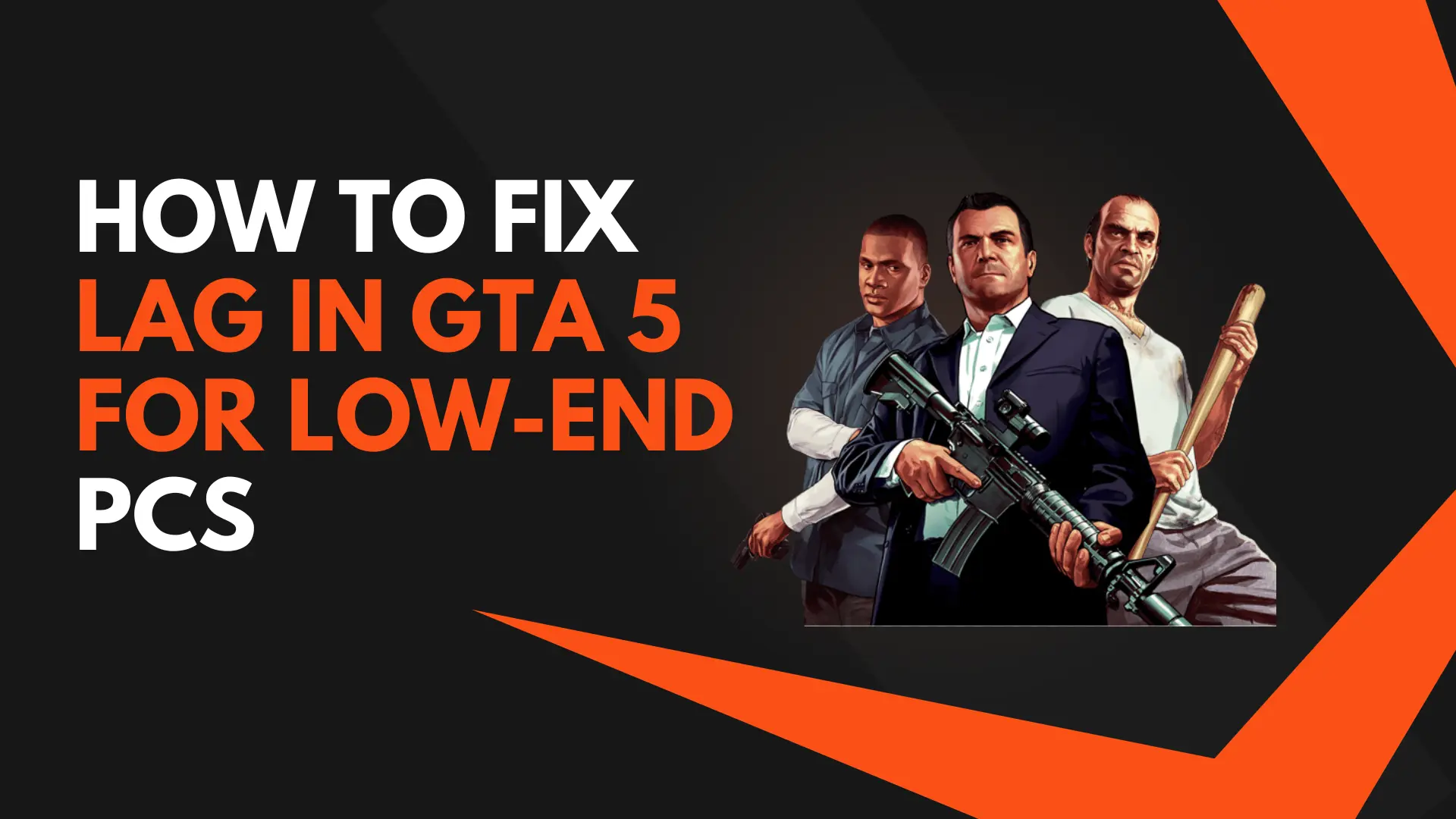
Grand Theft Auto V is one of the most popular and highly detailed open world games ever created. However, its high graphical fidelity means it can be quite demanding on hardware. If you’re trying to play GTA 5 on a low end or old PC with no dedicated graphics card, you’re likely experiencing lag, stuttering, and low FPS.
But don’t worry – with some tweaking of the graphics settings and a few useful optimizations, you can significantly improve performance and playability. This comprehensive guide covers various tips and tricks to fix lag and boost your FPS in GTA 5 on low end systems.
Key Takeaways:
- Lower all Graphics Settings, especially Population Density and Distance Scaling
- Disable MSAA, Reflections, Post FX for a major FPS boost
- Set a Frame Rate Cap to reduce stuttering and lag spikes
- Tweak Advanced Graphics for optimal VRAM usage
- Clean out background processes and disable unneeded services
- Try using Razer Cortex for game optimization and boost
- Update Graphics and Chipset drivers for compatibility fixes
- Upgrade to 8GB RAM if possible for smoother performance
Follow these steps correctly and you’ll be cruising the streets of Los Santos in no time while maintaining a stable 30+ FPS.
Lower All Graphics Settings
This may seem obvious, but lowering all the Graphics options is key to improving performance on a low end PC. Here are the most demanding settings to lower first:
Population Density and Variety: Lowering the number of civilians, cars, and activities occurring in the world significantly reduces load. Set to 10-20% of maximum.
Distance Scaling: Lowering draw distance reduces the need to render distant objects. Set to 20-40% .
Texture Quality: Lower resolution of environment textures. Set to Normal or even Low if needed.
Shading Quality: Controls lighting complexity. Set to High for boost.
Reflection Quality: Lower resolutions of screen space reflections. Set to Low or off completely.
Water Quality: Controls water effects and ripple complexity. Set to Normal/Low.
Particles Quality: Lower particle effect resolutions. Normal or High is ideal.
Grass Quality: Limits foliage density. Set to High for FPS boost.
Post FX: Disabling gives major boost but loses visual effects.
MSAA: Big performance cost for marginal anti-aliasing improvements. Disable completely.
TXAA: Smooths edges better than MSAA but costs FPS too. Disable.
Vsync: Caps frame rate to monitor refresh rate. Disable to unlock FPS.
Pause Game On Focus Loss: Disabling prevents stutters when alt-tabbing.
By lowering these demanding settings first, you can achieve a solid 20-30 FPS boost or more. Continue tweaking from there.
Set a Frame Rate Cap
Capping your frame rate 1-2 notches below your average FPS can significantly reduce stuttering and lag spikes during gameplay.
Use a cap of 30 FPS if your system struggles to maintain 45-60 FPS consistently. This also prevents wasteful rendering above your monitor’s refresh rate.
You can cap frame rate globally with utilities like RTSS, or in-game with GTA’s built-in Frame Limiter option. Set this to a stable number like 30 to smooth out performance.
Disable Post FX and Reflections
Post FX like Motion Blur, Depth of Field, Ambient Occlusion and other effects can drag down FPS severely without contributing much visually. Disable Post FX entirely.
Reflections are also very taxing. Setting Reflection Quality to Low or disabling Screen Space Reflections boosts FPS.
Consider lowering Water Quality as well – the ripples and reflections become unnoticeable after Normal settings.
Optimize Advanced Graphics
GTA has additional options in Advanced Graphics to fine tune performance.
Distance Scaling Levels: Increase to push draw distance out and reduce pop-in.
Texture Filtering – Anisotropic: Lowest setting enhances clarity without FPS hit.
Shader Quality: Very High increases effects at a high FPS cost. High setting is ideal.
Shadow Quality: High or Very High still looks great and saves FPS over Ultra.
Reflection MSAA, Reflection Quality: Disable or set to Lowest for major gains.
Water Quality: Normal still looks good. Avoid High/Very High.
Particle Quality: Normal/High is a good balance.
Tessellation: Disabling reduces ground/object detail slightly but boosts FPS.
Long Shadows: Off boosts speed and doesn’t affect visuals much.
Your goal is to maximize visual fidelity while optimizing VRAM usage as much as possible. The Advanced Options help fine tune this balance.
Clean Out Background Processes
Many programs running in the background can consume CPU and RAM that games need. Use Task Manager to clean out unnecessary processes.
Disable any offerings like Adobe CC, Dropbox, OneDrive, RGB lighting services, and peripheral suites like Logitech Gaming Software if possible.
Also check for malware, viruses, bloatware, and other unwanted programs dragging down performance. A clean Windows install can work wonders.
Disable Unneeded Services
Disabling Windows services and features you don’t use frees up valuable resources for gaming. Some options to disable:
- Superfetch, BITS, Windows Search Indexing for RAM gains
- Homegroup services if not used
- Diagnostic policy service
- Printing services, fax services, XPS services
- Windows Defender, Firewall for a slight boost if antivirus installed
Use the Services app or MSCONFIG utility to fine tune options. Just take care not to disable vital services.
Use Razer Cortex For Optimization
Razer Cortex is a free software that automatically optimizes your system for gaming by stopping unnecessary processes, boosting game performance and freeing up RAM.
The Boost feature prioritizes CPU and GPU resources for the game launched through Cortex. This can provide a quick FPS boost.
Cortex also has customizable optimization settings and performance benchmarking tools to help maximize game performance.
Update Your Graphics Drivers
Outdated or incompatible graphics drivers can cause lag, crashing, and graphics glitches in games.
Make sure Intel, NVIDIA or AMD drivers are updated to the latest stable version from official websites, and that your BIOS is also up to date.
Chipset and motherboard drivers also play a role in overall system stability and performance. Keep these updated too.
Upgrade RAM
Increasing system RAM allows assets and textures to load faster, reducing lag and stuttering. Upgrade to 8GB if your system has 4GB or less currently.
Make sure RAM is running at its rated speed in BIOS settings, and try overclocking RAM speed for extra performance.
Faster DDR4 RAM kits around 3000MHz+ also benefit Intel CPUs and integrated graphics performance.
Unpark CPU Cores
Sometimes CPU cores can be improperly parked, limiting full utilization. Utilities like QuickCPU can check and unpark cores, boosting performance.
Clean Install GTA 5
If despite optimizations GTA runs poorly, try deleting the game with Revo Uninstaller then doing a clean re-install of the latest patched version.
This eliminates accumulated junk files, mods, save bloat and other issues slowing things down.
FAQ
What graphics settings impact FPS the most in GTA 5?
Population Density, Distance Scaling, MSAA, Reflections, Grass, and Post FX have the biggest FPS costs. Lower or disable these first.
How can I stop lag spikes and stuttering in GTA 5?
Using a frame rate cap just below your average FPS smoothens out performance and reduces sporadic lag spikes. Keep Population Density low as well.
Will more RAM help performance in GTA 5?
Yes, upgrading system RAM to 8GB+ allows the game to load textures and assets faster, reducing lag and stuttering, especially during fast driving/flying.
Should I keep Vsync on in GTA 5?
Vsync caps frame rate to your monitor’s refresh rate. This reduces screen tearing, but can limit FPS below optimal rates. Keep it off to maximize frame rates.
Will upgrading my graphics drivers help with GTA 5 lag?
Yes, keeping your Intel, NVIDIA or AMD graphics drivers updated improves compatibility and resolves lag issues caused by suboptimal drivers.
Conclusion
The key to improving GTA 5 performance on a low end PC lies in reducing graphical load through optimized quality settings. Combine this with software techniques like cleaning processes, disabling services, utilizing Razer Cortex and upgrading drivers, and you can achieve very playable frame rates between 30-60 FPS.
Some trial and error will be needed to find the right balance of visual quality and optimal FPS for your specific system hardware. But use this guide as a great starting point to eliminate lag issues and cruise through Los Santos without disruptive stuttering or frame drops.
Let us know if you have any other useful tips or tricks for improving GTA 5 performance on low end PCs!
Tutorials
[SLOVED] How To FIX Epic Games Launcher Setup Wizard Ended Prematurely
![[SLOVED] How To FIX Epic Games Launcher Setup Wizard Ended Prematurely](https://gamesreq.com/wp-content/uploads/2024/12/SLOVED-How-To-FIX-Epic-Games-Launcher-Setup-Wizard-Ended-Prematurely.webp)
How to Fix Epic Games Launcher Setup Wizard Ended Prematurely
Are you stuck with the annoying “Setup Wizard Ended Prematurely” error while installing the Epic Games Launcher? Don’t worry—you’re not alone, and the good news is, there’s a straightforward fix. In this guide, I’ll explain why this happens and show you how to fix it step by step. By the end of this article, you’ll have your Epic Games Launcher installed and ready to go.
Key Takeaways
- The error typically happens due to installation file corruption or system issues.
- The easiest fix is installing the Epic Games Launcher directly from the Microsoft Store.
- Running the installer as an Administrator or cleaning up temporary files can also help.
- Keeping your system updated prevents similar issues in the future.
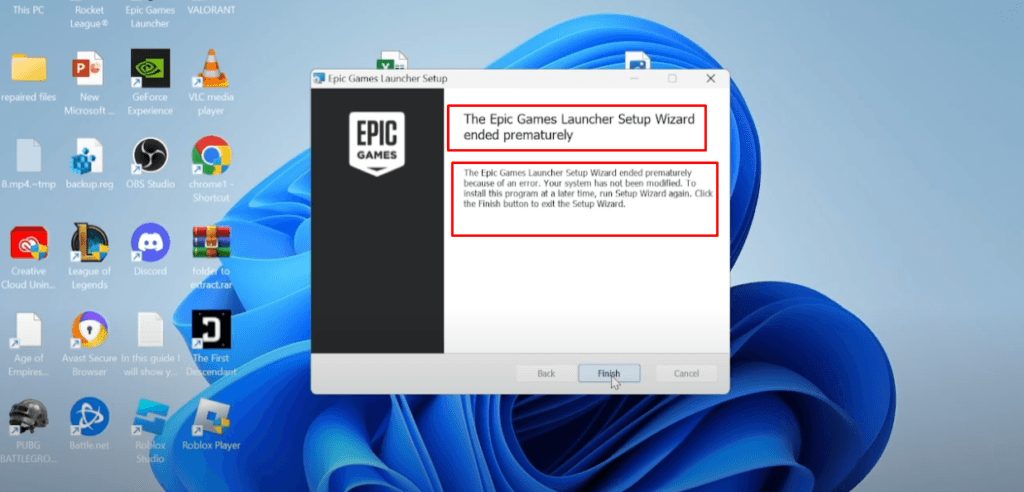
Why Does “Setup Wizard Ended Prematurely” Happen?
This error occurs when the installation process gets interrupted or cannot complete. Common causes include:
- Corrupted installation files: Downloading files from unofficial sources can lead to errors.
- Outdated Windows: Your system may not meet the launcher’s requirements.
- Software conflicts: Antivirus software or firewalls can interfere with the installation.
- Permissions issues: Installing without the right system permissions can block the process.
Understanding the cause helps you apply the right fix.
How to Fix the “Setup Wizard Ended Prematurely” Error
Here are several methods to solve this problem. Follow the steps in order for the best results.
Install Epic Games Launcher from the Microsoft Store
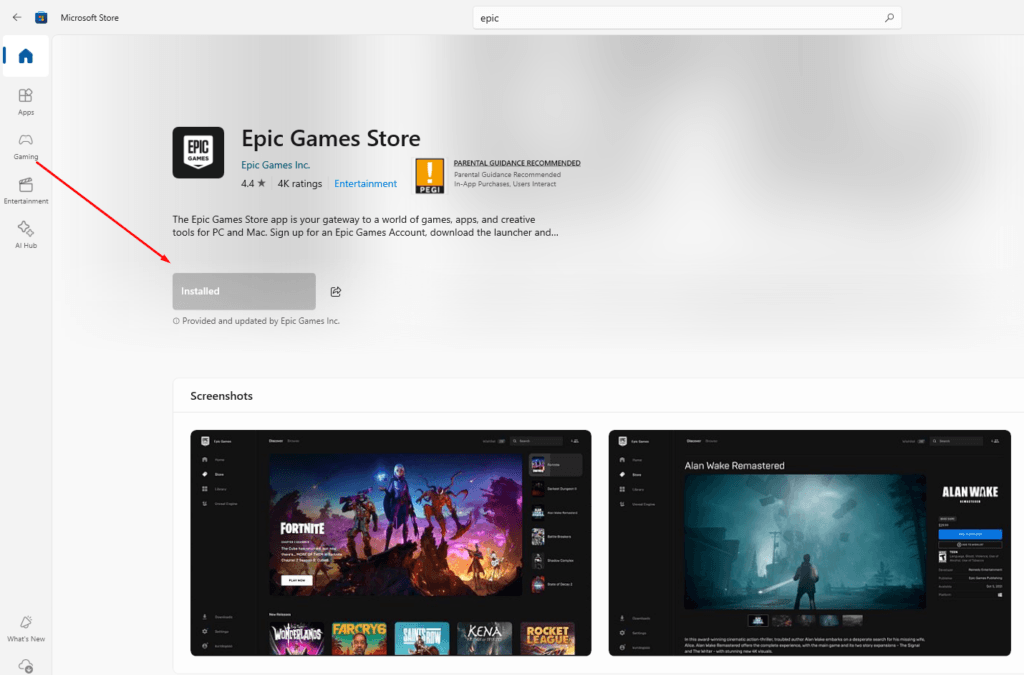
This is the most reliable method to fix the error. The Microsoft Store ensures that the files are clean and compatible with your system.
- Open Microsoft Store by pressing the Windows key, typing “Microsoft Store,” and hitting Enter.
- Search for Epic Games Launcher in the search bar.
- Click the “Get” or “Install” button and wait for the installation to complete.
- Once installed, open the launcher, sign in, and start gaming!
Perform a Clean Installation (Alternative Method)
If you prefer not to use the Microsoft Store, you can try this manual approach.
- Uninstall Previous Attempts:
- Go to Control Panel > Programs > Uninstall a Program.
- Find the Epic Games Launcher, right-click, and select Uninstall.
- Delete Leftover Files:
- Open File Explorer and navigate to
C:\Program Files (x86)\Epic Games. - Delete the folder if it exists.
- Open File Explorer and navigate to
- Clear Temporary Files:
- Press
Win + R, type%temp%, and delete all temporary files.
- Press
- Download the Installer Again:
- Visit the official Epic Games website and download the latest version of the launcher.
- Run as Administrator:
- Right-click the installer and select Run as Administrator to ensure proper permissions.
Check System Requirements and Updates
An outdated system can cause unexpected errors. Here’s how to ensure your system is ready:
- Update Windows:
- Go to Settings > Update & Security > Windows Update.
- Click Check for Updates and install any available updates.
- Check Compatibility:
- Ensure your PC meets the minimum requirements for the Epic Games Launcher.
Disable Antivirus or Firewall Temporarily
Sometimes, your antivirus or firewall blocks the installation process. Temporarily disable these protections while installing:
- Open your antivirus program or Windows Security.
- Turn off Real-Time Protection or temporarily disable the firewall.
- Re-enable these settings after the installation completes.
Why Installing via Microsoft Store Is the Best Option
The Microsoft Store simplifies everything. It:
- Ensures clean and verified files.
- Automatically manages system compatibility.
- Avoids software conflicts by streamlining the process.
If you’re tired of dealing with installation headaches, this method is the way to go.
Preventing Future Issues
Here are some tips to avoid similar problems in the future:
- Always download software from official sources like the Microsoft Store or Epic Games website.
- Keep your Windows system and drivers up to date.
- Regularly clear temporary files to avoid system clutter.
- Ensure you have sufficient storage space before installing large programs.
FAQs
Why does the Epic Games Launcher setup fail?
The setup often fails due to corrupted files, outdated system software, or permissions issues. Antivirus or firewalls may also block the installation.
Can I fix this error without using the Microsoft Store?
Yes, you can perform a clean installation by uninstalling previous attempts, clearing leftover files, and downloading the launcher directly from Epic Games’ official site.
Does reinstalling Windows solve this problem?
Reinstalling Windows should be a last resort. Try the methods above first; they’re simpler and usually effective.
Conclusion
The “Setup Wizard Ended Prematurely” error is frustrating, but it’s easy to fix when you know what to do. Installing the Epic Games Launcher from the Microsoft Store is the quickest and most reliable solution. If that doesn’t work, a clean installation or checking for system updates should do the trick.
Got your launcher working? Awesome! Share this guide with your friends who might face the same issue. Happy gaming!
Tutorials
How to Fix PS5 Black Screen Issue When Switching to 4K: Troubleshooting Guide
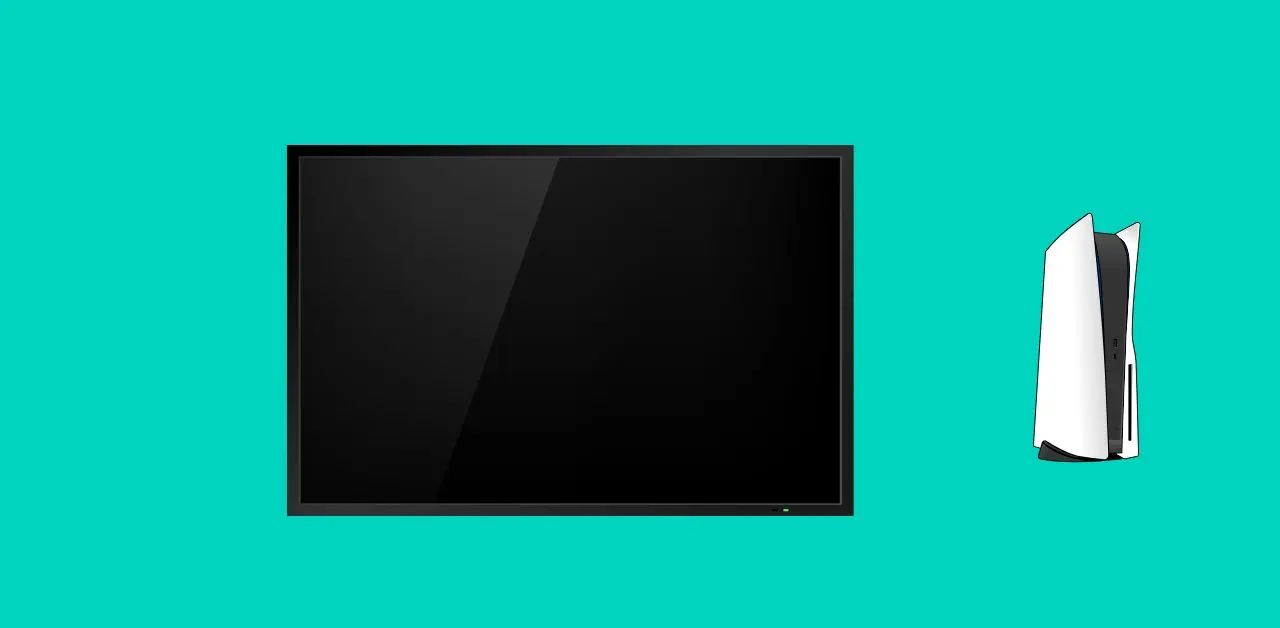
If you’re a PS5 user, you know how much better games look in 4K. But if your screen goes black every time you switch to 4K output, it’s a massive frustration. Many PS5 users experience a random black screen when setting their console to 4K resolution. Usually, this happens due to a few common issues with the HDMI cable, display device, or specific PS5 settings.
In this guide, I’ll take you through step-by-step solutions to get your PS5 back in working order at 4K resolution. Let’s dive in and find out what you need to do to fix this issue.
Key Takeaways
- Check HDMI Cable: Use a high-speed HDMI 2.1 cable for stable 4K output.
- Update Firmware: Ensure both PS5 and TV firmware are up-to-date.
- Adjust Video Output Settings: Lower resolution temporarily, then retry 4K.
- Modify HDR and HDCP Settings: Switching off HDCP or adjusting HDR may solve display issues.
1. What Causes the Black Screen on PS5 When Switching to 4K?
The PS5 black screen issue when switching to 4K can stem from a few typical problems:
- HDMI Cable or Port Issues: Not all HDMI cables or ports support 4K. For stable output, you’ll need a high-speed HDMI 2.1 cable and compatible ports on your TV.
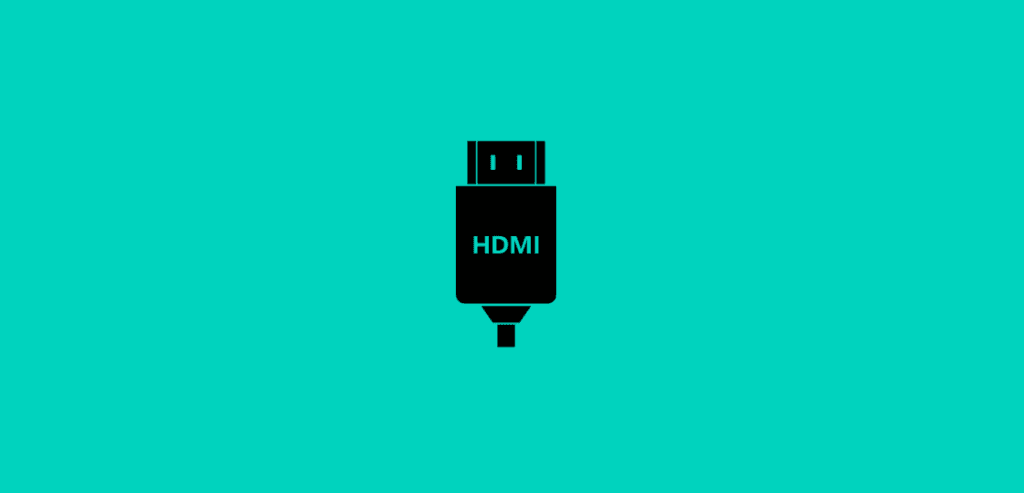
- Compatibility with TV Settings: Sometimes, the display’s settings may need adjusting for 4K to work smoothly.
- Firmware or Software Glitches: Outdated firmware on either the PS5 or your display can cause display problems. Keep both updated to prevent compatibility issues.
2. Step-by-Step Troubleshooting Guide for the PS5 Black Screen Issue
To fix the black screen issue, let’s go through the most effective steps one by one.
Step 1: Restart the PS5 in Safe Mode and Lower the Resolution
- Power Off the PS5 – Hold down the power button until you hear a second beep (about 7 seconds).
- Boot into Safe Mode – Press and hold the power button again until the PS5 starts in Safe Mode.
- Select Change Video Output – In Safe Mode, go to “Change Video Output” and select “Change Resolution.”
- Lower the Resolution – Set the resolution to 1080p temporarily.
Switching to a lower resolution will help you access the system and adjust settings that could prevent the black screen. Once you’re back in the console, you can gradually increase the resolution to test if 4K can work without causing issues.
Step 2: Check and Upgrade Your HDMI Cable
For 4K output, the HDMI cable is a vital link. Not all HDMI cables support 4K, so check that you’re using an HDMI 2.1 cable specifically designed for high-speed, high-quality video. Here’s how to test it:
- Use a New HDMI 2.1 Cable – Make sure the HDMI cable is labeled as 2.1, which is the recommended standard for 4K gaming.
- Try Different HDMI Ports – Some TVs only support 4K on specific ports. Switch to another port and see if the black screen disappears.
If the problem goes away with a new HDMI cable or port, then it’s safe to say the issue is with your original cable or the port.
Step 3: Update Firmware on PS5 and TV
- Update PS5 System Software – Go to Settings > System > System Software > System Software Update and Settings. Follow the prompts to ensure your PS5 software is current.
- Update TV Firmware – Some smart TVs have firmware updates that improve compatibility with gaming consoles. Check your TV’s settings menu or refer to the manufacturer’s website for instructions.
Keeping your firmware up-to-date prevents known bugs from causing display issues and ensures better compatibility between devices.
Step 4: Adjust PS5 Video Output Settings
In your PS5 settings, you have several options under Video Output to help fix the black screen issue.
- Change the Resolution – Go to Settings > Screen and Video > Video Output > Resolution. Try switching between 1080p, 2160p (4K), and Automatic to see which one works best.
- Set 4K to 60Hz or 120Hz – Some displays struggle with higher frame rates at 4K, so try limiting the refresh rate to 60Hz or 120Hz.
- Disable VRR (Variable Refresh Rate) – VRR can sometimes cause screen issues on displays that don’t support it well. Go to Settings > Screen and Video > VRR and toggle it off.
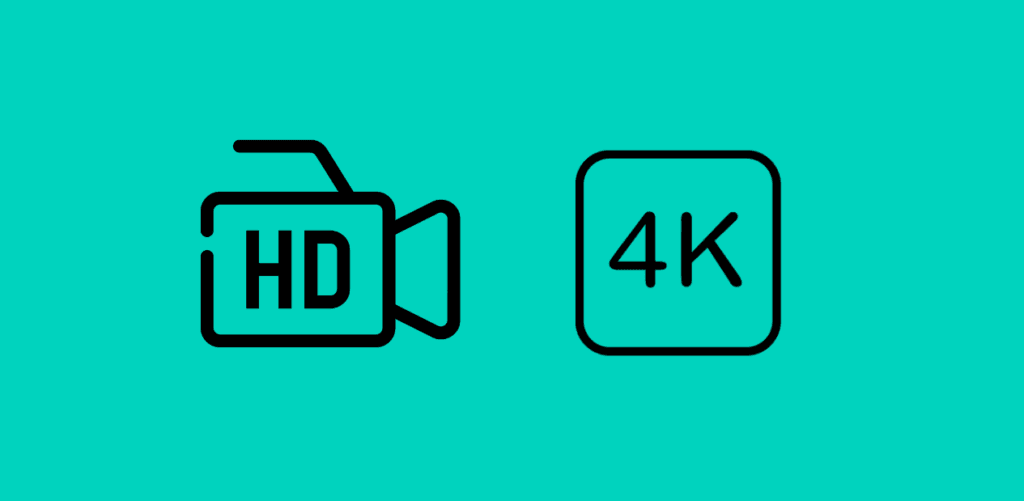
Step 5: Turn Off HDCP and Adjust HDR Settings
High-bandwidth Digital Content Protection (HDCP) can sometimes interfere with display output on certain TVs. Turning it off may help.
- Turn Off HDCP – Go to Settings > System > HDMI > Enable HDCP and turn this setting off.
- Modify HDR Settings – You can either enable or disable HDR to see if it affects the screen. Find this option in Settings > Screen and Video > HDR and test with it on and off.
Both HDCP and HDR settings can impact the video output on your PS5, so experimenting with these settings can reveal if they’re causing the black screen.
3. When to Seek Additional Support
If you’ve tried all these steps and your PS5 still shows a black screen at 4K, there could be a deeper issue with either the console or the display. Here’s what you can do next:
- Contact Sony Support – Sony may be able to provide more specialized guidance or repairs if needed.
- Check Your Display Device – If possible, try connecting your PS5 to a different 4K display to see if the problem persists. This will help confirm if the issue is with your console or your display device.
Conclusion
Fixing the PS5 black screen when switching to 4K can be a little tricky, but following these troubleshooting steps will solve the issue in most cases. Start with the basics like changing the resolution in Safe Mode, then work through the HDMI and firmware checks before adjusting video settings.
Remember, 4K gaming requires the right setup—cables, compatible displays, and updated firmware—to run smoothly. Hopefully, this guide has helped you get your PS5 back in action at 4K, delivering the incredible visual experience it’s designed for.
FAQs
1. Why does my PS5 show a black screen when I switch to 4K?
The black screen can happen due to HDMI cable limitations, compatibility settings on your display, or firmware issues.
2. Can I use any HDMI cable for 4K on my PS5?
No, you need an HDMI 2.1 cable for stable 4K output. Using an older HDMI cable might not support the high bandwidth needed for 4K gaming.
3. Should I turn off HDR to fix the black screen issue on my PS5?
Disabling HDR can sometimes resolve the black screen issue, especially if your display struggles with HDR settings. Test this to see if it helps.
4. What is HDCP, and should I disable it on my PS5?
HDCP (High-bandwidth Digital Content Protection) is a feature to prevent unauthorized copying of digital content. Some displays don’t support it well, so disabling it can sometimes fix the black screen issue.
5. Can outdated firmware cause black screen issues?
Yes, outdated firmware on your PS5 or display can create compatibility issues with 4K. Always check for updates to ensure smooth performance.
Hopefully, this guide helps you troubleshoot your PS5 black screen issue with 4K output, getting you back to your gaming in stunning quality. Remember, if you keep experiencing issues, reaching out to Sony Support or your display’s manufacturer may be the best next step.
Tutorials
How to Fix Rusty PS5 Fan Covers and Protect Your Console from Damage
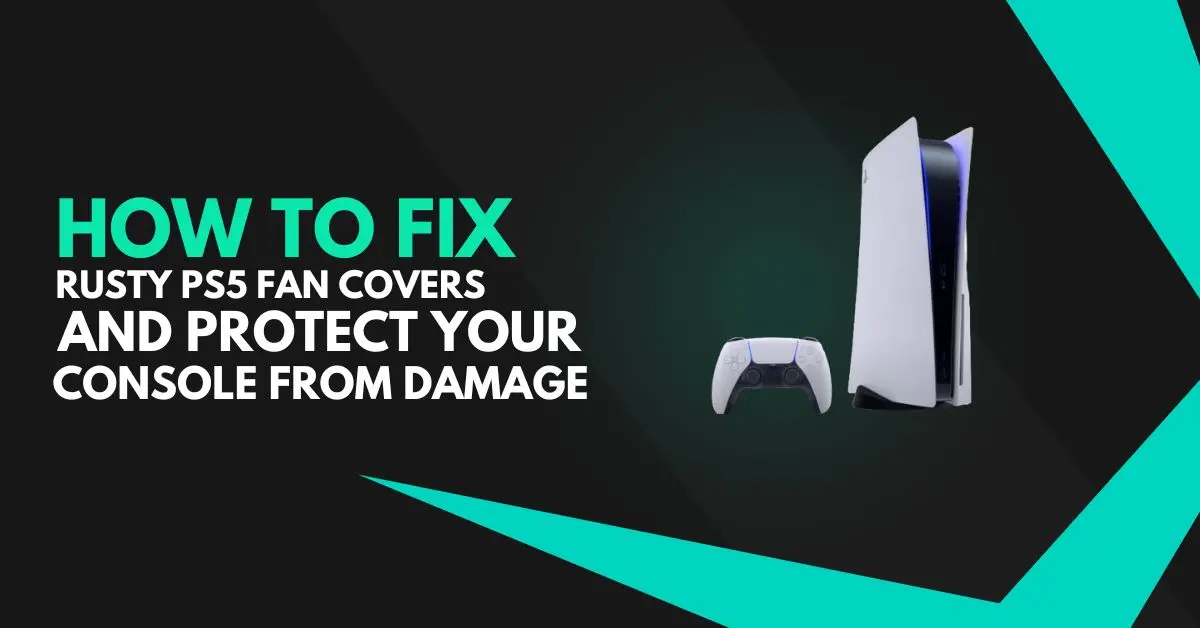
If your PS5’s fan covers are starting to rust, you’re not alone. Rust can cause serious issues, from clogging up airflow to putting your console at risk of overheating. But don’t worry—this guide has everything you need to remove rust and prevent it from coming back.
Key Takeaways
- Rust on PS5 fan covers can restrict airflow, causing your console to overheat.
- Cleaning off the rust is essential to keep your PS5 running smoothly.
- You can remove rust with simple tools and cleaning products.
- Proper storage and maintenance can help prevent rust from forming again.
Short Answer
Yes, rust on your PS5 fan covers can lead to overheating and long-term damage if left untreated. This guide will show you how to clean off the rust safely and keep your PS5 rust-free.
Why Do PS5 Fan Covers Rust?
Rust is common when metal is exposed to moisture, and PS5 fan covers aren’t immune. Here are the main causes:
- Humidity: High humidity levels, especially in coastal or rainy areas, can speed up rust formation on metal.
- Storage and Environment: Keeping your PS5 in a damp or poorly ventilated room can lead to moisture buildup, encouraging rust.
- Dust and Debris: Dust can trap moisture and hold it against the metal, accelerating rust.

Can Rust on Fan Covers Damage Your PS5?
Yes, rust can be damaging if it’s not taken care of. Here’s how rust can impact your PS5:
- Reduced Airflow: Rust can clog the fan cover, restricting airflow and making it hard for your PS5 to cool down.
- Overheating Risks: With reduced airflow, your PS5 can get hotter, leading to performance issues or even hardware damage.
- Fan Efficiency: Rust can also impact the efficiency of the fan, causing it to work harder and potentially wear out faster.
Leaving rust unchecked might not cause immediate problems, but over time, it can shorten the lifespan of your PS5. So let’s look at how to get rid of it.
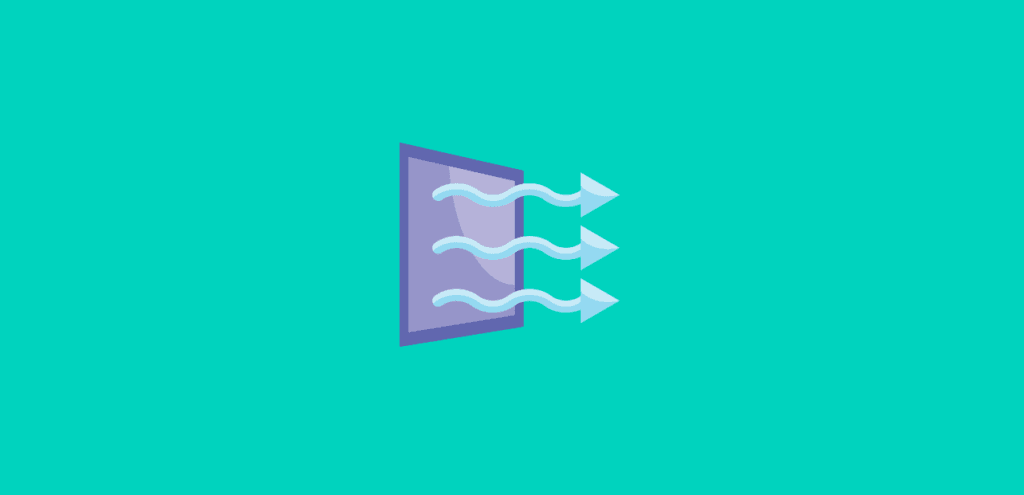
How to Safely Remove Rust from Your PS5 Fan Covers
Removing rust from your PS5 fan covers doesn’t have to be complicated. Just follow these steps carefully to clean it up without damaging your console.
Materials Needed
- Soft brush
- Isopropyl alcohol (preferably 70% or higher)
- Fine-grit sandpaper (around 400-600 grit)
- Rust remover solution (optional)
- Microfiber cloth
Step-by-Step Guide
- Turn Off and Unplug Your PS5
Safety first. Make sure your PS5 is fully powered down and unplugged to avoid any risk of electrical damage. - Remove the Side Panels
Gently pull up and slide the PS5 side panels to reveal the fan area. This will give you access to the fan covers. - Brush Off Dust
Use a soft brush to remove dust and loose debris. This is especially important since dust can hold moisture, which leads to rust. - Clean with Isopropyl Alcohol
Dampen a microfiber cloth with isopropyl alcohol and wipe down the fan covers. Alcohol evaporates quickly and won’t leave moisture behind.

- Use Sandpaper for Rust Spots
Take a piece of fine-grit sandpaper and gently scrub away any rust spots on the fan covers. Be careful to only sand the rusted areas, as you don’t want to scratch the surface too much. - Apply Rust Remover (Optional)
For stubborn rust, you can apply a small amount of rust remover on a cloth and gently rub it onto the affected areas. Be sure to follow the product’s instructions. - Reassemble Your PS5
Once the rust is removed, carefully reattach the side panels. Plug your console back in and turn it on to make sure everything’s working fine.
How to Prevent Rust on PS5 Fan Covers in the Future
Now that your PS5 fan covers are rust-free, it’s a good idea to keep them that way. Here’s how you can prevent rust from forming again:
1. Keep Your PS5 in a Dry Place
- Avoid placing your console in areas with high humidity or near windows where it might be exposed to moisture. A well-ventilated, dry room is ideal.
2. Use a Dehumidifier
- If you live in a humid environment, consider using a dehumidifier in the room where you keep your PS5. This will reduce moisture levels and help prevent rust.
3. Add Silica Gel Packs
- Place a couple of silica gel packs near your PS5 or within the console’s storage area. Silica absorbs moisture and can help keep the surroundings dry.
4. Clean Regularly
- A quick wipe-down once a month can make a big difference. Use a soft cloth to remove any dust buildup, which can trap moisture and lead to rust over time.
5. Consider a Protective Coating
- Applying a very light anti-rust spray designed for electronics (make sure it’s safe!) can help protect the metal components from future rusting.

FAQ
Q: Can I use water to clean rust from my PS5 fan covers?
No, avoid using water. Use isopropyl alcohol instead since it evaporates quickly and won’t leave moisture behind.
Q: What if the rust keeps coming back?
If rust reappears, it could mean your storage area is too humid. Consider moving your PS5 to a dryer area or adding a dehumidifier.
Q: Is it safe to open my PS5 to clean the fan covers?
Yes, removing the side panels is generally safe and won’t void your warranty. Just make sure your console is turned off and unplugged.
Q: Do I need to buy a new fan cover if there’s too much rust?
If the rust is severe and hard to remove, you might want to look into a replacement part. Check with Sony or an authorized repair center for assistance.
Conclusion
Rust on your PS5’s fan covers is more than just a cosmetic issue. If left untreated, it can impact airflow, increase the risk of overheating, and shorten your console’s lifespan. Luckily, with the right tools and techniques, you can remove rust safely and prevent it from coming back.
By following the steps in this guide, you’ll keep your PS5 running smoothly and ensure it stays rust-free for longer. Regular maintenance, proper storage, and a dry environment are key to avoiding rust and keeping your console in top condition.

 Games Like2 years ago
Games Like2 years agoBest Games Like Unblocked Games 77 | Top Alternatives

 Gaming11 months ago
Gaming11 months agoFree Fire Best Sensitivity Settings For Headshot

 Top 101 year ago
Top 101 year agoThe Top 20 Android Horror Games to Play with Friends

 Game Room Ideas7 months ago
Game Room Ideas7 months ago52 Incredible Game Room Ideas to Elevate Your Home Entertainment

 Tutorials1 year ago
Tutorials1 year agoHow to Fix the PS5 Green Screen – Tips To Try

 Tutorials7 months ago
Tutorials7 months agoHow to Play Fishbowl Game: Rules, Regulations, and Tips

 Top 107 months ago
Top 107 months ago10 Best Offline Mobile Games For Long Car Rides 2024

 Tutorials8 months ago
Tutorials8 months agoYandex Games Progress Lost? Here’s How to Recover and Prevent Future Issues


![[SLOVED] How To FIX Epic Games Launcher Setup Wizard Ended Prematurely](https://gamesreq.com/wp-content/uploads/2024/12/SLOVED-How-To-FIX-Epic-Games-Launcher-Setup-Wizard-Ended-Prematurely-400x240.webp)
![[SLOVED] How To FIX Epic Games Launcher Setup Wizard Ended Prematurely](https://gamesreq.com/wp-content/uploads/2024/12/SLOVED-How-To-FIX-Epic-Games-Launcher-Setup-Wizard-Ended-Prematurely-80x80.webp)
